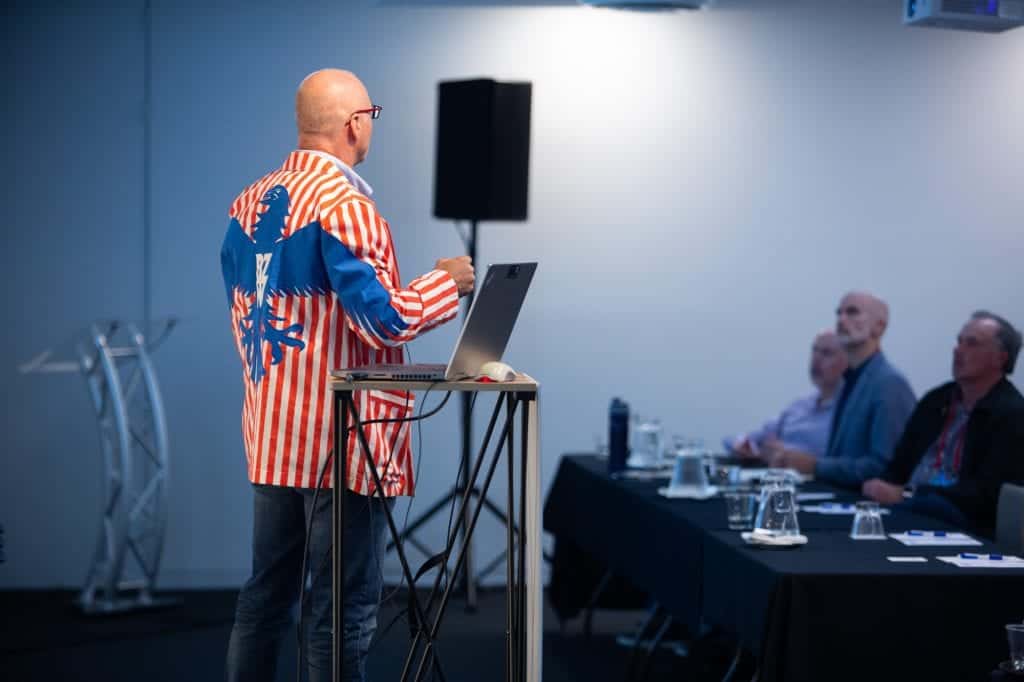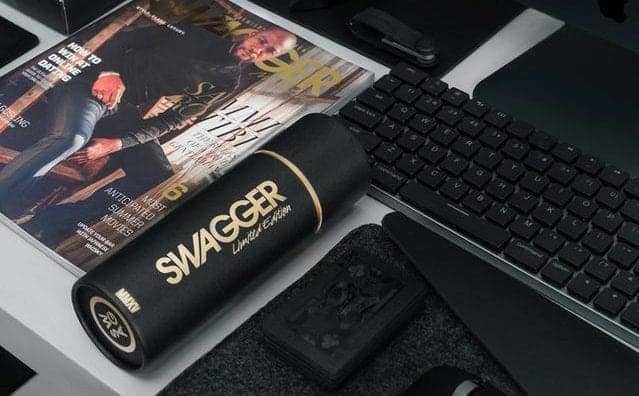
Trading Floor Hand Signals by ex-SFE Trader
Nick Radge shows you how to do the trading floor hand signals. This is the sign language used by professional traders on trading floors throughout the world. Nick worked on the Sydney Futures Exchange (SFE) trading floor in the late 80s/early 90s.
Today I thought I would put together a bit more of a fun video for you, rather than serious. And you may have watched the movie Trading Places where there’s a futures trading floor and lots of yelling and screaming going on. What you may not know is that our worked down on the trading floor of the Sydney Futures Exchange for quite a number of years in that exact environment in one of the trading pits. So, I thought today I’d put together a little video and show you how to do all the trading floor hand signals. Let’s start with three basic elements: how you buy and sell, the volume that you’re going to trade, and also the price at which you’re going to trade.
So, let’s talk about buy and sell to start with. When we buy, our hands are facing in. So we want to take something in, we’re buying. And when we sell we do the opposite, our hands are facing outward. So, if you go to the internet and have a look at any footage of trading floors, you’ll see people’s hands are facing in or out. So you’ll know they’re buying if their hands are facing in, and they’re selling if their hands are facing out.
Point number two is when we talk about the volume and price. Let’s do the counting as a starter. Our counting is done on our fingers. And when we are talking price, our hands are always away from our body. When we’re talking volume, our hand signals are on our face. The counting goes like this: one, two, three, four, five, six, seven, eight, nine and that can be a 10 or a zero. When we’re talking about price and our hands are away from our body when we’re talking price, we only use the last digit because that’s the only price that’s actually moving. So if we have our future’s price trading at 94.35, we only use the five. If it’s trading at 94.37, we only use the seven. So it’s always only the last digit.
Hand Signals for Volume
When we’re talking about the volume, we do it on our face and the way we count it is very simple. So 1, 2, 3, 4, 5, 6, 7, 8, 9 and 10. 10, 20, 30, 40, 50, 60, 70, 80, 90, and 100. You’ll quietly hear me saying two words that you probably won’t pick up, but they’re also very inclusive with the trading process or the buying and selling process. When we’re buying, we use the word for, so it’s always a price for a volume. And when we’re selling, we use the word at and we do the opposite. It’s always a volume at a price. Let’s say we want to pay 35 for 55. So we use the last digit of the price away from our body, our hand signals face in. So 35 for 55 on our face.
The volume is on our face, the price is away, and I’ve used the word for. And when I’m selling, let’s say we want to sell 55 at 35, 55 at 5 or 35, so it’s the last digit. Let’s say we want to pay 6 for 172, so 6 for 172. Let’s say we want to sell 110 at 15, so it’ll be 110 at 15.
Now, when we’re trading in the pit, there’s actually two traders. One trader trades what’s called the spot month. That’s the most busy month. He knows in the pit who’s trading that month. They all trade the same month, so he knows those people in the pit are trading the same month as him. But the other trader, he trades the other 11 months that are listed in the market. And as a result he has to ensure that he’s trading the right month with the right trader. And therefore, you use hand signals to define each individual month.
Now the pit I used to try it in had four quarterlies training, so four months trading, which were March, June, Sep and Dec. And we have hand signals for each of those. So March is like that, June is like that, Sep is like that, and Dec, is like that. If I wanted to be trading the Dec contract, I would say Dec, which means those traders who are trading the Dec contract would also know that that’s the market I’m looking at. Dec, I want to pay 12 for 53. So 12 for 53.
Trading Futures Contracts with Hand Signals
I can also do other things as well. Futures contracts, as you know, they roll over. So we might have to trade at what’s called a spread, so we want to try two months at the same time as one transaction and that’s called a spread. We would use the two contract months. So let’s say I want to do a Sep, Dec spread. So I want to do a Sep, Dec spread. And let’s say I want to pay 12 for 110. So 12 for 110. That’s doing a Sep, Dec spread.
Other orders as well, we can do a stop loss order. Let’s say we wanted to pay 13 for 110 on stock. So the order is 13 being the last digit, 110 on stock. We can place that kind of order. Let’s say we want to change the volume as well. We’re working an order to pay 13 for 110 I want to shave 20, work 90. So we were working 110, we shave 20. I’m now working 90 only. So there’s all sorts of different things we can do there.
So, now you can apply for a job and say “I know the trading floor hand signals.”
On more important matters, matters we can actually use, the markets are looking pretty good at the moment. The Australian stock market, especially the small cap industrials are really kicking along over the last few months. If you’re not riding any of those trends, well you should be. If not, give us a call, try our trial membership. And our Growth Portfolio can get you onto some of those trends going very, very well. Interest rates are going down, that’s bullish for the stock market. So the rest of 2016 (and 2020!) hopefully will be quite positive. I hope you can join us.

